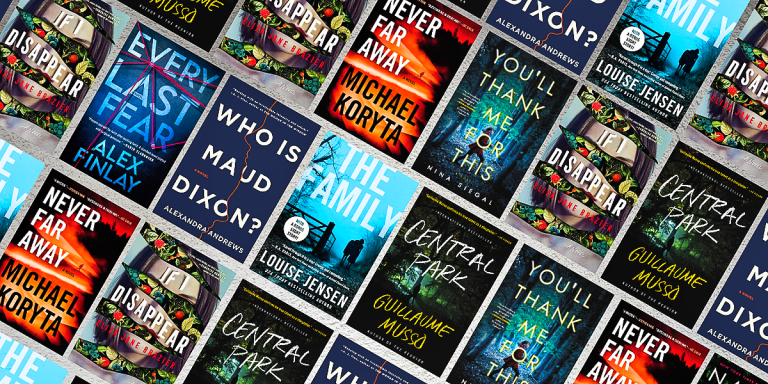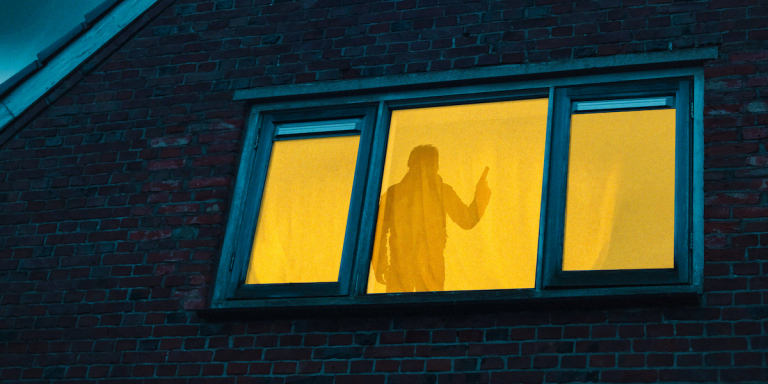How To Be a Good Liar: Making Mysteries & Thrillers Believable
 At the beginning of my author career, I took an online writing course. My fourth assignment consisted of drafting a piece describing a person’s love of skiing and their exhilaration at the uncrowded slopes. My fifth assignment instructed me to examine the same scene from the viewpoint of someone who hated the sport and was there only under protest. A few days after I’d sent in my homework, my writing tutor told me he was confused. “Your first character loves to ski,” he said, “but your second detests it equally. I can’t decide which is your truth.”
At the beginning of my author career, I took an online writing course. My fourth assignment consisted of drafting a piece describing a person’s love of skiing and their exhilaration at the uncrowded slopes. My fifth assignment instructed me to examine the same scene from the viewpoint of someone who hated the sport and was there only under protest. A few days after I’d sent in my homework, my writing tutor told me he was confused. “Your first character loves to ski,” he said, “but your second detests it equally. I can’t decide which is your truth.”
Admittedly, growing up in Interlaken, Switzerland had given me a significant advantage. I’ve skied dozens of times in the Alps surrounded by breath-taking scenery, but as anyone who has strapped a pair of fiberglass planks to their feet in the freezing cold knows, the sport has its downsides. Long queues, impatient individuals, sky-high prices, weather that can turn on a snowflake, and don’t get me started on navigating your way to the bathroom in ski boots. So, yes, I had the edge on these assignments, but it also turned out I make a rather good liar on the page. I’m rubbish in person, I reassure you. When I was seven and fibbed about not having a flashlight under my pillow to read with, I didn’t fare so well.
Sowing lies and deceit throughout a manuscript is delectable fun but can also be like skiing…a slippery slope if you don’t watch what you’re doing. You don’t want the reader to guess everything (“I saw all those twists coming!”) but you don’t want to blindside them entirely either (“That was so far-fetched!”). It’s a fine balance.
When it comes to the art of deception and misdirection in my writing, I take my cues from real life. Some things we’re told are truthful, others quite obviously not, and the rest is somewhere in the middle. Lies can be despicable, perhaps justified when trying to spare another’s feelings (“Does my bum look big in this?”) or a calculated risk, seen as a necessity to save one’s own behind (“No, really, does my bum look big in this?”).
There are straight up corkers that would make most of us blush, almost inconsequential fibs and little white lies, and then there’s the question of interpretation, meaning lies aren’t necessarily lies at all. Take eyewitnesses, for example, who are notoriously unreliable. One person says the perp wore a red shirt while the other insists it was blue. Neither is lying intentionally, it’s a question of memory, and it isn’t always accurate, but all of this is author’s writing gold.
A large part of misdirection in a novel comes from planting clues or red herrings, what might at first glance appear to be throwaway comments until a reader goes over the novel a second time, and hopefully has an “Aha!” moment. One of my favourite examples of this is in the movie The Sixth Sense by M. Night Shyamalan. Remember the significance of the color red? I didn’t until I watched the movie again, paying attention to the small details I missed the first time around. Of course, you can’t be so visual in a book, but part of an author’s job is to include offhand remarks which are exactly that yet planted to mislead and fool the reader into thinking they’re significant details. I’ll admit for me, this is a huge part of the joy of writing, wondering if I was too obvious, too subtle, or, hopefully made it just right and got away with it.
Another way of incorporating deceit from real-life is by thinking back to situations when we discovered we’d been lied to (or we’d been busted—give me back my flashlight, Mum!). How did we know? Did the person confess? Maybe it was an unsettled gut feeling, something we pushed and explored because it didn’t feel right. Perhaps it started because a person overstated the facts, or conversely, minimized them, pretending something was trivial when we downright knew it wasn’t. Or did they contradict themselves, and become flustered when we called them out on it? While perhaps uncomfortable IRL, these scenes are a pleasure to write in a story, particularly in dialogue. Words, tone, body language, miscommunication and misinterpretation all play a huge role in our characters deceiving each other (and themselves), and are methods authors take great delight in playing with. It can also be very cathartic to right the wrongs we’ve experienced. Just sayin’.
I always get a rush of excitement when a reviewer didn’t see all the turns coming, because it means I’ve done my job well enough to fool them (and best of all, nobody got hurt). Layering deceit, lies, misdirection and miscommunication is a large part of an author’s work and allows us to develop our casts, layer them like onions to make them seem so real, if a reader encountered them walking down the street it would be the most natural thing in the world. And that, I figure, is perhaps the greatest deception of them all.
About The Author
Hannah Mary McKinnon was born in the UK, grew up in Switzerland and now lives in Canada. After a successful career in recruitment, she quit the corporate world in favor of writing. She lives with her husband and three sons and is delighted by her twenty second commute. Connect on Facebook and Instagram @HannahMaryMcKinnon, and on Twitter @HannahMMcKinnon. For more, visit www.HannahMaryMcKinnon.com.
Forget the truth.
Remember the lies.
He wakes up on a deserted beach in Maryland with a gash on his head and wearing only swim trunks. He can’t remember who he is. Everything—his identity, his life, his loved ones—has been replaced by a dizzying fog of uncertainty. But returning to his Maine hometown in search of the truth uncovers more questions than answers.
Lily Reid thinks she knows her boyfriend, Jack. Until he goes missing one night, and her frantic search reveals that he’s been lying to her since they met, desperate to escape a dark past he’d purposely left behind.
Maya Scott has been trying to find her estranged stepbrother, Asher, since he disappeared without a trace. Having him back, missing memory and all, feels like a miracle. But with a mutual history full of devastating secrets, how far will Maya go to ensure she alone takes them to the grave?
By clicking 'Sign Up,' I acknowledge that I have read and agree to Hachette Book Group’s Privacy Policy and Terms of Use
What to Read Next





